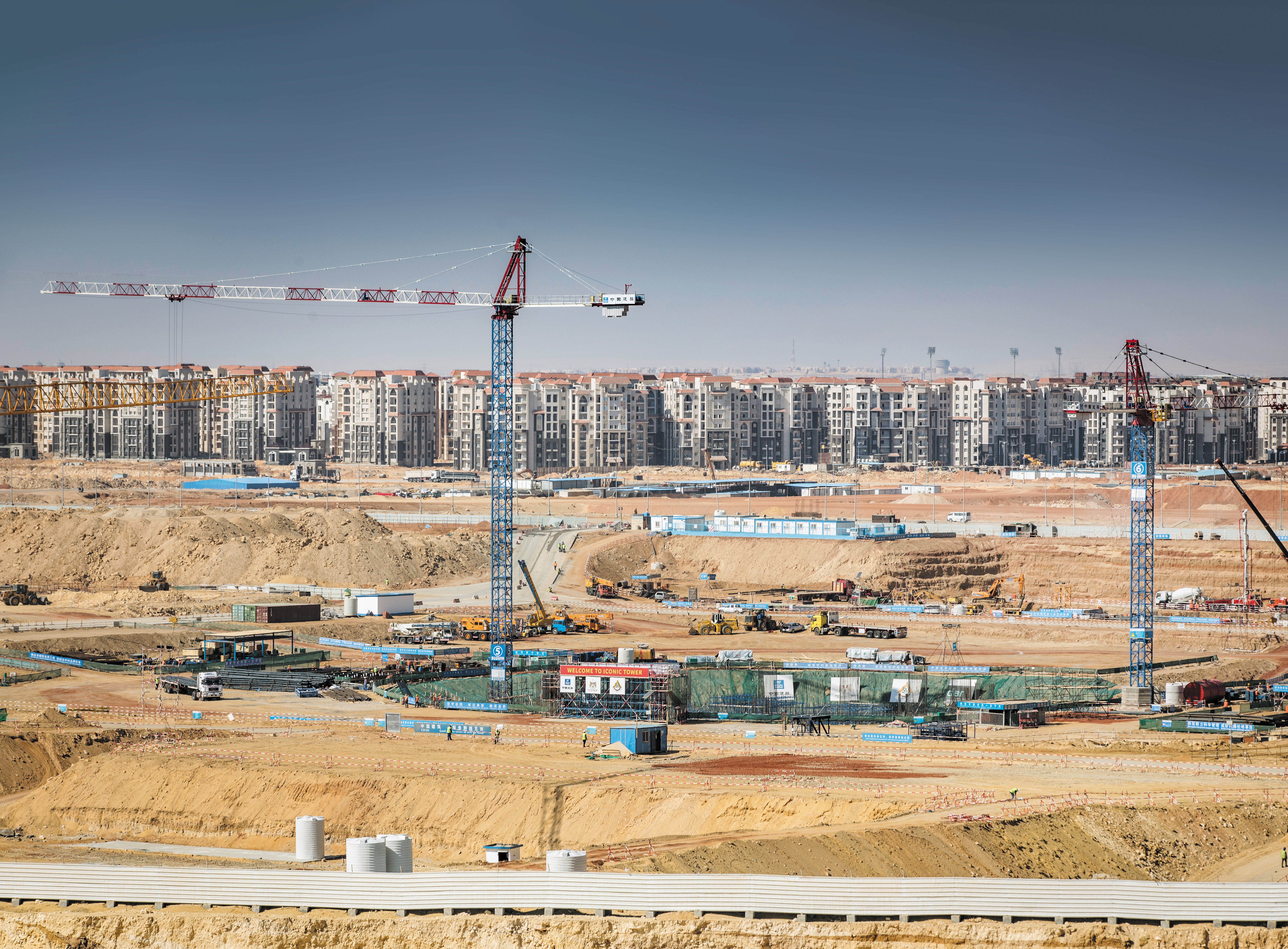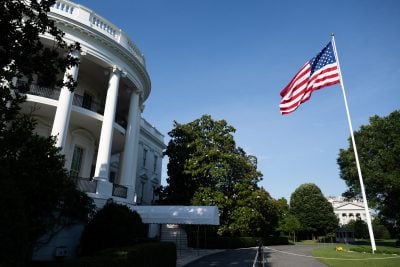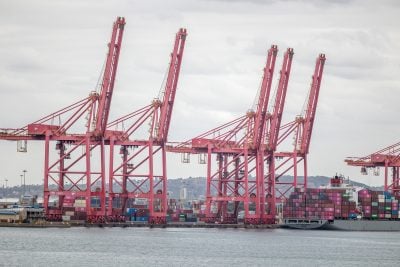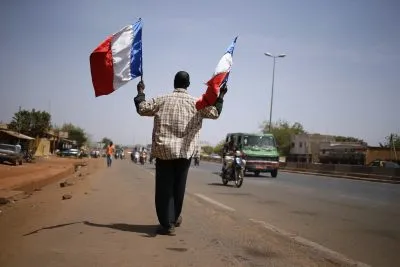From a distance it could appear as if the Egyptian economy had escaped much of the impact of the Covid-19 pandemic. While most countries have experienced contractions, Egyptian GDP still grew by 3.5% for the year to the end of July. Yet Cairo has had to spend heavily to sustain the economy and many of the most vulnerable in society have lost work at a time when economic reforms were already beginning to affect their standard of living.
Some of Egypt’s main sources of income have been badly affected and there is no certainty that tourism and shipping revenues, for instance, will recover quickly. Similarly, the pandemic could disrupt planned projects in the energy sector, such as big increases in gas production, while the government’s decision to end energy subsidies could be tested by the economic fallout of the pandemic.
Cairo has enjoyed a long period of relatively healthy economic growth since former military chief Abdul Fattah al-Sisi became president in 2014. Economic reforms, backed by IMF loans and recovery from the extreme instability of 2011-14, resulted in economic expansion and improved government finances, while allowing Cairo to build up a healthy level of foreign reserves. Yet although the situation improved, there were still a number of significant challenges even before the pandemic struck, including slow growth in tax revenues and persistently high sovereign debt.
Egypt recorded the first case of Covid-19 in Africa on 14 February 2020. In total, there had been 114,000 officially recorded infections and 6,573 deaths by 24 November. These are some of the highest totals anywhere in Africa, and there are likely to have been more cases and deaths that have not been captured in government figures.
The government ordered a partial lockdown from March to limit the virus’s spread, with cafes, shopping malls, hotels and airports forced to close. The number of people in employment fell by 2.7m in the second quarter of this year, mainly in retail and wholesale trade, manufacturing, tourism, transport and construction. Inflation had averaged 19.6% over the three financial years 2016-19 but dropped to 5.7% for 2019-20, a figure which reflects the impact of several months of measures designed to limit the spread of the coronavirus.
Government response
Cairo responded to the virus by putting together a E£100bn ($6.4bn) spending package to support poorer people, businesses and the health sector. Tax and loan repayments were suspended and informal workers were given one-off payments. It was also forced to use $7.1bn of its foreign reserves, as exports fell, the tourist sector collapsed and Suez Canal revenues declined. However, it still had $39.2bn in reserves in August – sufficient to cover seven months of merchandise imports.
The government sourced an emergency $2.8bn loan from the IMF’s rapid financing instrument, plus a $5.2bn stand-by arrangement with the IMF, part of which has already been utilised, and a $2bn loan from a consortium of banks in the United Arab Emirates. It raised another $5bn by issuing a sovereign eurobond and pressed ahead with a $750m sovereign green bond. The World Bank forecasts that the budget deficit will widen slightly to 8.2% of GDP this year, up from 8.1% last year.
Egypt looks set to register economic growth both this year and next. The rate of 3.5% for 2019-20 was down from 5.6% for the previous year and the World Bank forecasts 2.3% for 2020-21. These figures are based on the pandemic being brought under control sometime in the first half of 2021, which may be a realistic timescale given encouraging November results on vaccine trials.
However, it is likely that it will take longer to bring the virus under control in Egypt because vaccine manufacturing capacity needs to be ramped up. Distribution also depends on how easy it is for African and Middle Eastern countries to access vaccines logistically and financially. On 25 November, President Sisi announced that they would not be available in Egypt before mid-2020.
Debt and the poor
Government debt stood at 90.2% at the end of financial year 2018-19 and will undoubtedly be higher by the end of this year. Taking on more borrowing on top of already high levels would usually attract a great deal of criticism from the multilaterals but most governments are in the same situation in the current crisis.
How fast the government manages to bring debt under control and return economic growth to pre-pandemic levels depends on how quickly it implements further economic reforms for the benefit of the private sector and how quickly the global economy – and particularly Arab economies – rebound. However, it is vital that the government ensures that the poorest are protected, particularly informal workers who lost their sources of income early in the crisis.
There are already positive signs of economic recovery. The unemployment rate fell dramatically from 9.6% in the second quarter of this year to 7.3% in the third quarter, even lower than the 7.8% recorded in the same period last year.
Whether this is maintained and the level of anti-Covid restrictions minimised depends on how well people stick to the existing social distancing guidelines. Restrictions on shop opening hours and capacity remain in place.
The World Bank Group is working with Egypt via its Country Partnership Framework (CPF), which focuses on fighting inequality and poverty and has now been extended until next year. It is working with Cairo on strengthening the social safety net; improving accessibility to low-income housing; expanding access to water and sanitation services, particularly in rural areas; and implementing education and health reform programmes.
Despite the government’s mitigation measures, the impact on businesses has been profound. With lower wages, higher unemployment and increased poverty, levels of domestic consumption are expected to remain depressed. There is a general perception that foreign direct investment will fall, as international investors seek to reduce their exposure to emerging markets.
The Central Bank of Egypt has cut its main interest rate twice in 2020 to support businesses and encourage some lending to continue.
Capital inflows are expected to be buoyed by a short-term rise in transfers from Egyptians working overseas, but such remittances are likely to decline long-term as the oil and gas price falls affect the Gulf states, where many Egyptians work.
Gas and power
The long-term impact of the pandemic on the energy sector remains uncertain. The Egyptian economy has benefited from big gas sector discoveries over the past few years. This is partly down to geological good fortune but also the result of improvements to the investment regime for upstream exploration. In particular, the discovery of the huge Zohr field by Italian firm Eni in 2016 looks set to revolutionise the energy sector. The biggest gas field in the Eastern Mediterranean, it has estimated reserves of 30 trillion cubic feet (cu ft). BP is also increasing output on its Atul, Nooros and Salamat fields.
The development of Zohr was one of the reasons for strong economic growth in Egypt last year. First gas was produced on the field just two years after discovery, with output reaching 2.7bn cu ft/day last August, five months ahead of schedule, with work beginning on increasing that figure to 7.5bn cu ft/day.
However, lower demand as a result of the pandemic forced Eni to reduce output on Zohr to 1.5bn cu ft/day and it remains to be seen how quickly its full potential will be realised. Only one cargo was loaded at the Idku LNG plant between March and October, although production has now resumed. Lower energy imports will benefit the economy but lower global energy demand could deter further investment in oil and gas upstream exploration and appraisal work.
As agreed with the IMF as part of a massive $12bn funding package in 2016, the government spent nothing on power subsidies in the second half of 2019, in comparison with $510m in the same period the year before. As a result, power tariffs for both residential and industrial consumers jumped by an average of 15% in 2019-20. To reduce the impact on the poor, the government spent more on subsidising the price of basic food items over the same period.
Investment projects
Cairo is pushing ahead with several big infrastructure projects in order to reinvigorate the economy. In November, it agreed to proceed with the construction of a new electric railway between Ramadan City and the New Administrative Capital (NAC), at a cost of $1.2bn, with financing provided by Export-Import Bank of China.
Work will also begin on the $400m Cairo Metro Line 4, which will connect Giza with Cairo and the NAC. Construction will also continue on the NAC itself, which is a vast new city being built on the eastern fringes of Greater Cairo.
Etisalat Egypt says that it plans to invest $320m next year, including in its Etisalat Cash electronic payment system, internet of things schemes and artificial intelligence projects.
More investment is likely to come from regional allies, including Saudi Arabia’s Public Investment Fund, which announced in early November that it would invest in Egypt’s sovereign wealth fund.
Want to continue reading? Subscribe today.
You've read all your free articles for this month! Subscribe now to enjoy full access to our content.
Digital Monthly
£8.00 / month
Receive full unlimited access to our articles, opinions, podcasts and more.
Digital Yearly
£70.00 / year
Our best value offer - save £26 and gain access to all of our digital content for an entire year!
 Sign in with Google
Sign in with Google 



